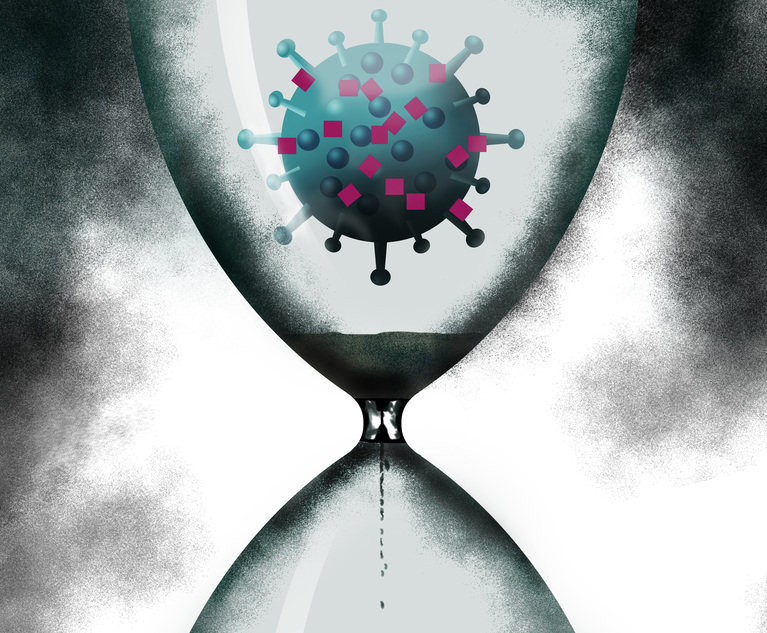As states across the country get back to business, scientists and public health professionals are cautioning that testing and contact tracing must be in place if we have any hope of preventing future outbreaks of the coronavirus. Countries in Europe and Asia have adopted programs to identify potential carriers and track their interactions, but the United States is just beginning to look at how a successful tracing program can be implemented and managed.
In a nutshell, the point of contact tracing is to identify where people who’ve tested positive for COVID-19 go and with whom they’ve interacted. Tracing necessarily implicates information of more than one person. Once the subject of tracing has opted in and agreed to be tracked, they’ve opened the door for friends, colleagues and casual acquaintances to be on the government’s radar screen.
This content has been archived. It is available through our partners, LexisNexis® and Bloomberg Law.
To view this content, please continue to their sites.
Not a Lexis Subscriber?
Subscribe Now
Not a Bloomberg Law Subscriber?
Subscribe Now
LexisNexis® and Bloomberg Law are third party online distributors of the broad collection of current and archived versions of ALM's legal news publications. LexisNexis® and Bloomberg Law customers are able to access and use ALM's content, including content from the National Law Journal, The American Lawyer, Legaltech News, The New York Law Journal, and Corporate Counsel, as well as other sources of legal information.
For questions call 1-877-256-2472 or contact us at [email protected]


 Lara Yeretsian
Lara Yeretsian




